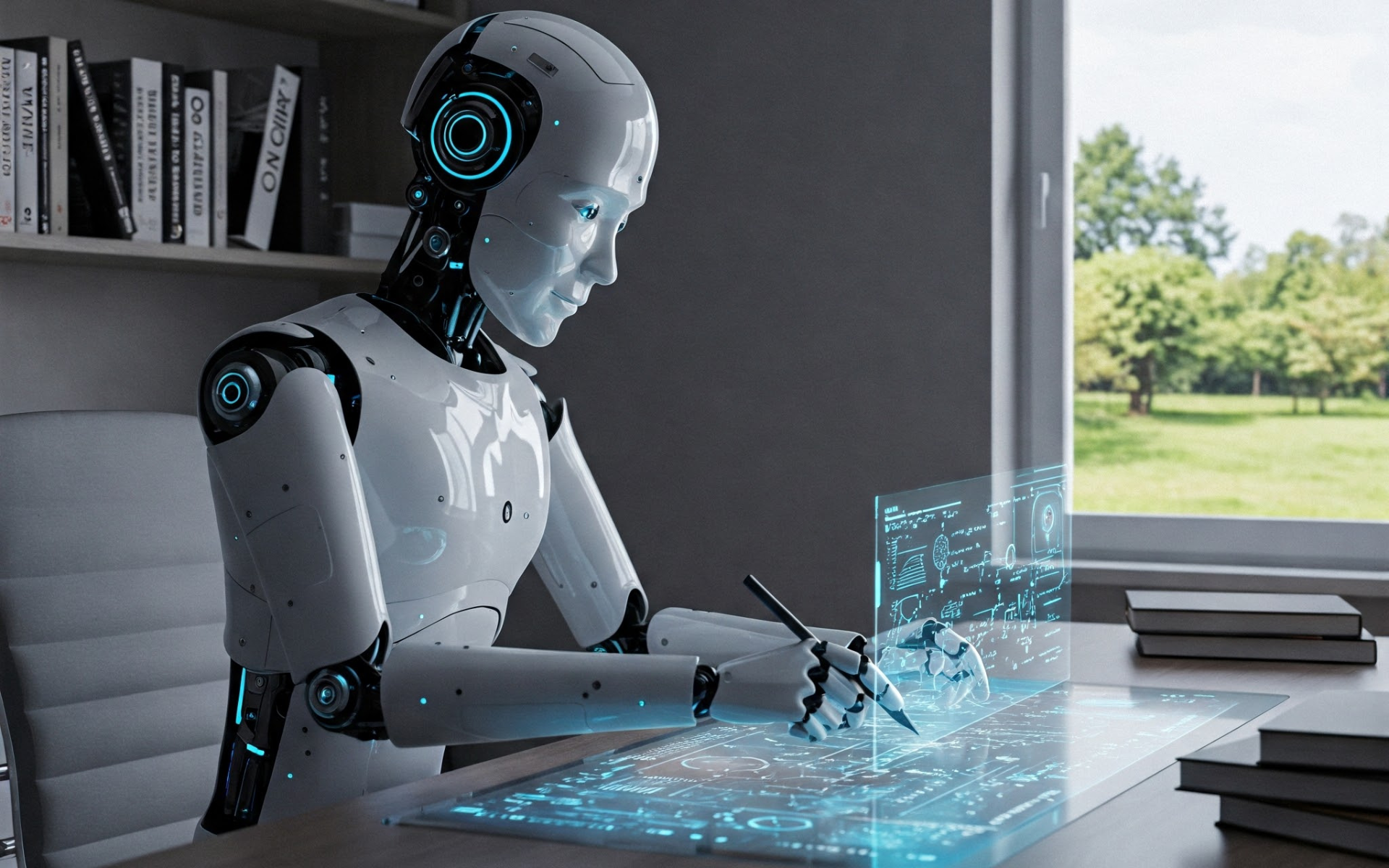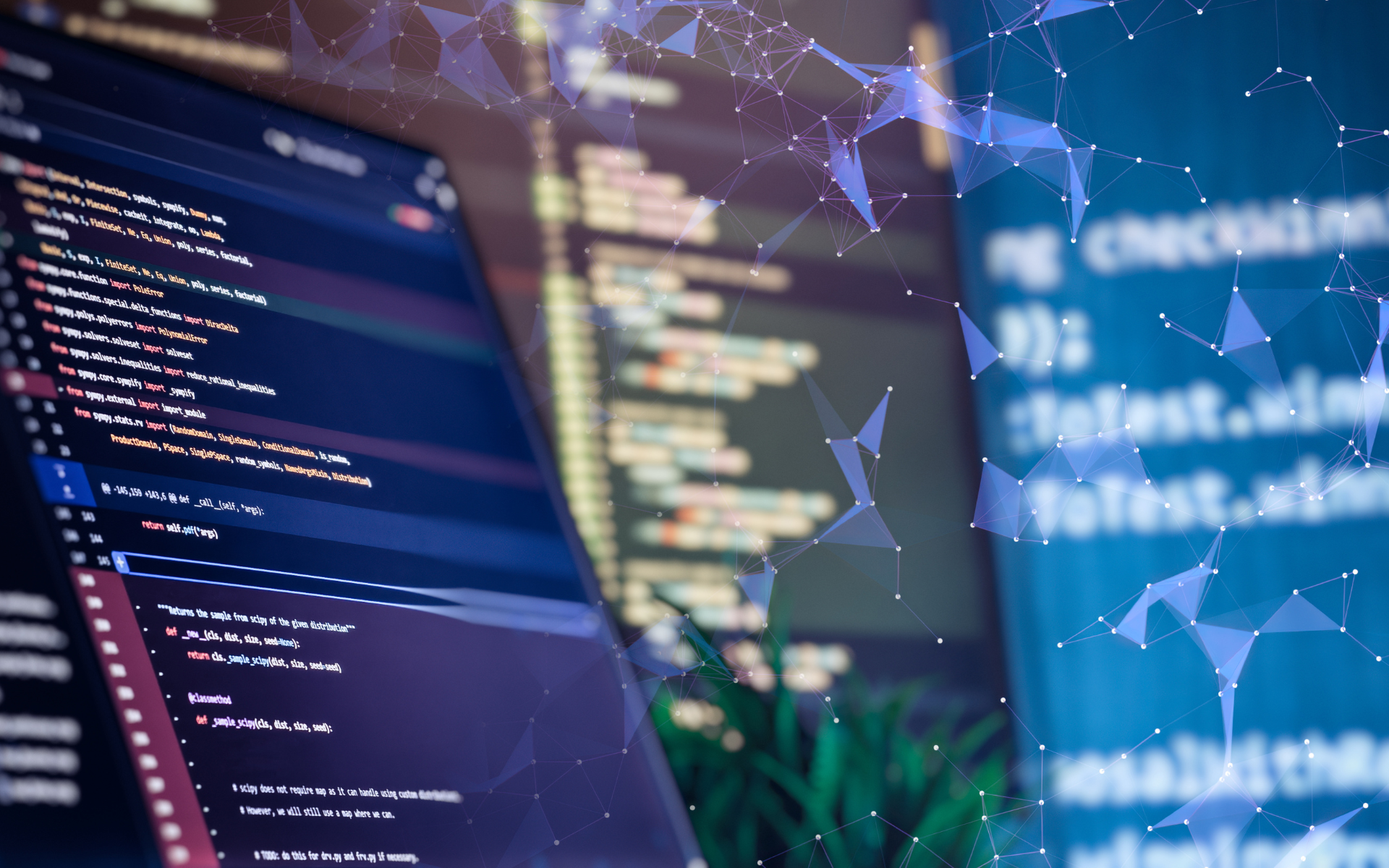
ReCAPTCHA, but how does it work?
It is surprising to think that an apparently trivial mechanism, such as clicking a small box or selecting images, can reliably determine whether a human or an automated software is on the other side of the screen. The idea itself seems almost naive: how can such a simple procedure distinguish biological intelligence from artificial behavior, especially at a time when algorithms are increasingly capable of imitating human actions? And yet, reCAPTCHA continues to play a fundamental role in securing millions of websites every day.
This paradox is the core of its success. The system does not rely on visible complexity, but on invisible sophistication. What the user perceives as a trivial gesture hides a much more articulated technical architecture based on behavioral analysis, neural networks and a wide repertoire of imperceptible signals used to identify suspicious activity. Understanding how reCAPTCHA really works means going beyond the surface to explore the mechanisms that allow a seemingly simple system to stop sophisticated attacks.
The technical foundations of reCAPTCHA
ReCAPTCHA was created to prevent automated software from performing harmful actions such as sending spam, creating large numbers of fake accounts or abusing publicly exposed services. Its modern functioning relies on three main elements: risk assessment, behavioral analysis and additional verification when necessary.
Every time a user interacts with a page protected by reCAPTCHA, the system begins a monitoring phase that starts even before the visitor performs any explicit action. Parameters such as mouse movement speed, reaction timing, the way fields are filled in and even the consistency of actions within a session are analyzed. These elements generate a kind of statistical fingerprint that is extremely difficult for a bot to imitate, because it reflects not only movement patterns but also the natural variability of human behavior.
If the assessed risk is low, the user never notices anything. If the system detects anomalies, it triggers a second verification level with the classic image-based challenges or similar tests.
Images and the role of real-world datasets
When reCAPTCHA presents an image-based challenge, what actually happens is not a simple visual recognition request. The system uses computer vision models trained on large datasets to evaluate whether the user’s behavior aligns with that of a genuine human. The AI does not simply check whether the correct images were selected, but also how and when they were selected: response times, choice consistency, margin of error and click rhythm.
This approach is far harder to bypass than older text-based CAPTCHA challenges. Modern bots can easily recognize distorted words, but simulating human uncertainty, micro-variations in movement and natural timing is extremely complex. This is where the strength of the system lies: its simplicity on the surface masks a sophisticated probabilistic analysis.
The attacks reCAPTCHA is designed to prevent
ReCAPTCHA does much more than distinguish genuine users from generic bots. It protects web services from a wide range of automated attacks, including brute-force attempts, mass account creation for fraudulent activities, large-scale scraping and abuse of e-commerce or digital service platforms. The protection concerns not only the integrity of these platforms but also the quality of the data they collect.
The crucial aspect is that many current threats use increasingly advanced bots based on neural networks or sophisticated automation tools. The system must therefore evolve constantly to anticipate these attacks. ReCAPTCHA accomplishes this by continuously updating its risk models and expanding its database of suspicious behavior patterns, making it increasingly difficult for bots to imitate them.
Invisible evaluation: reCAPTCHA v3
One of the most significant evolutions is reCAPTCHA v3, which requires no direct interaction from the user. The system assigns a reliability score to each session, leaving the website to manage interactions according to its own rules. This version relies on an even wider network of signals, analyzing overall behavior, request provenance and environmental context.
The absence of a visible test makes the user experience smoother, but it also increases the need for extremely accurate predictive models. ReCAPTCHA v3 represents the most advanced approach because it does not simply validate an action; it interprets a behavioral pattern language. This is where the system’s true nature emerges: a form of distributed intelligence capable of dynamically distinguishing between normality and anomaly.
Why such a simple mechanism really works
The strength of reCAPTCHA lies in the fact that the visible challenge is just the tip of the iceberg. What the user perceives as a simple click is the final output of a much more complex analysis built on years of research in cybersecurity and behavioral modeling. Bots can be trained to recognize images, but replicating human micro-behavior remains extremely difficult.
Its perceived simplicity is therefore a strategic advantage: the user is not disturbed, and the system can operate in the background, collecting information and adapting to new threats without requiring explicit action.








